Willie Birch
b. 1942, New Orleans
Lives in New Orleans
venue
Ogden Museum of Southern Art
925 Camp Street, New Orleans, LA 70130
Monday–Sunday, 10 AM–5 PM
neighborhood
Downtown/Central Business District (CBD)
About the project
Inspired by his native city of New Orleans, Willie Birch creates large-scale works on paper in charcoal and paint that anchor his viewers to the specificity of place. Birch’s works center on spaces and everyday objects around the New Orleans neighborhood where he lives, such as his studio and backyard, neighboring houses, power lines, and a community flowerbed. He also depicts scenes of daily life, such as roofers working on a nearby home, or the sky seen from the window of an airplane.
Birch’s works have a careful attention to detail, highlighting patterns in the natural and built environment that give his works a sense of graphic depth and speak to fractal patterns and numerology that are connected to worldviews of the African diaspora. While many of the works are notably empty of people—in part a product of the period in which they were produced, marked as it was by the Covid-19 pandemic and stay-at-home orders—they are nonetheless testaments to Black life in the city and to spaces of togetherness, individuality, ritual, celebration, domesticity, creativity, labor, and rest. While these works possess a sense of timelessness, as they depict enduring structures, some passed down among multiple generations, they are also anchored in very specific moments. In the image of Birch’s studio, we see a self-portrait in which the artist wears a protective face mask, and the drawing of the flowerbed—Memory Flowers for a Heart Broken America, January 6, 2021 (2021)—memorializes the trauma and sadness of the violent insurrection at the United States Capitol earlier this year.
About the artist
Willie Birch is a New Orleans native and one of Louisiana’s most significant living artists. He first came to prominence for his papier-maché sculptures that depicted African American men, women, and children engaged in common activities and rituals. In 1993, a John S. Simon Guggenheim Memorial Foundation Award brought him back to New Orleans, where he began producing the work he is best known for—large-scale, graphic drawings of African-American life ranging from the spectacular public gatherings—choreographed and impromptu—that define New Orleans’s cultural life to intimate individual portraits and images of the everyday. For Birch, his distinctive figurative style is founded “on deep knowledge of both the African roots of African-American culture, and the European painting tradition.” Beginning in 2000, Birch removed all color from his palette and has since then continued to explore and expand the possibilities of grisaille in bodies of work which, following Hurricane Katrina in 2005, have been focused on the urban and natural landscapes of New Orleans.
In 2006, Birch co-founded the Porch Seventh Ward Cultural Organization, that would have a deep impact on the youth of this historical neighborhood, and he also founded the Old Prieur Street Project and Community Garden in 2015, which has engaged local artists, youth groups, and community members in the preservation of the culture of one of the oldest African American neighborhoods in the city. Birch has been the recipient of many awards and fellowships, including the Guggenheim Foundation, the Pollock Krasner Foundation, The Joan Mitchell Foundation, the New York State Council on the Arts, and the National Endowment for the Arts. He was named the USA James Baldwin Fellow in 2014. Birch’s work has been included in numerous group exhibitions throughout the country and a retrospective of his work, Celebrating Freedom: The Art of Willie Birch, was organized by the Contemporary Art Center, New Orleans, in 20016 and travelled nationally.
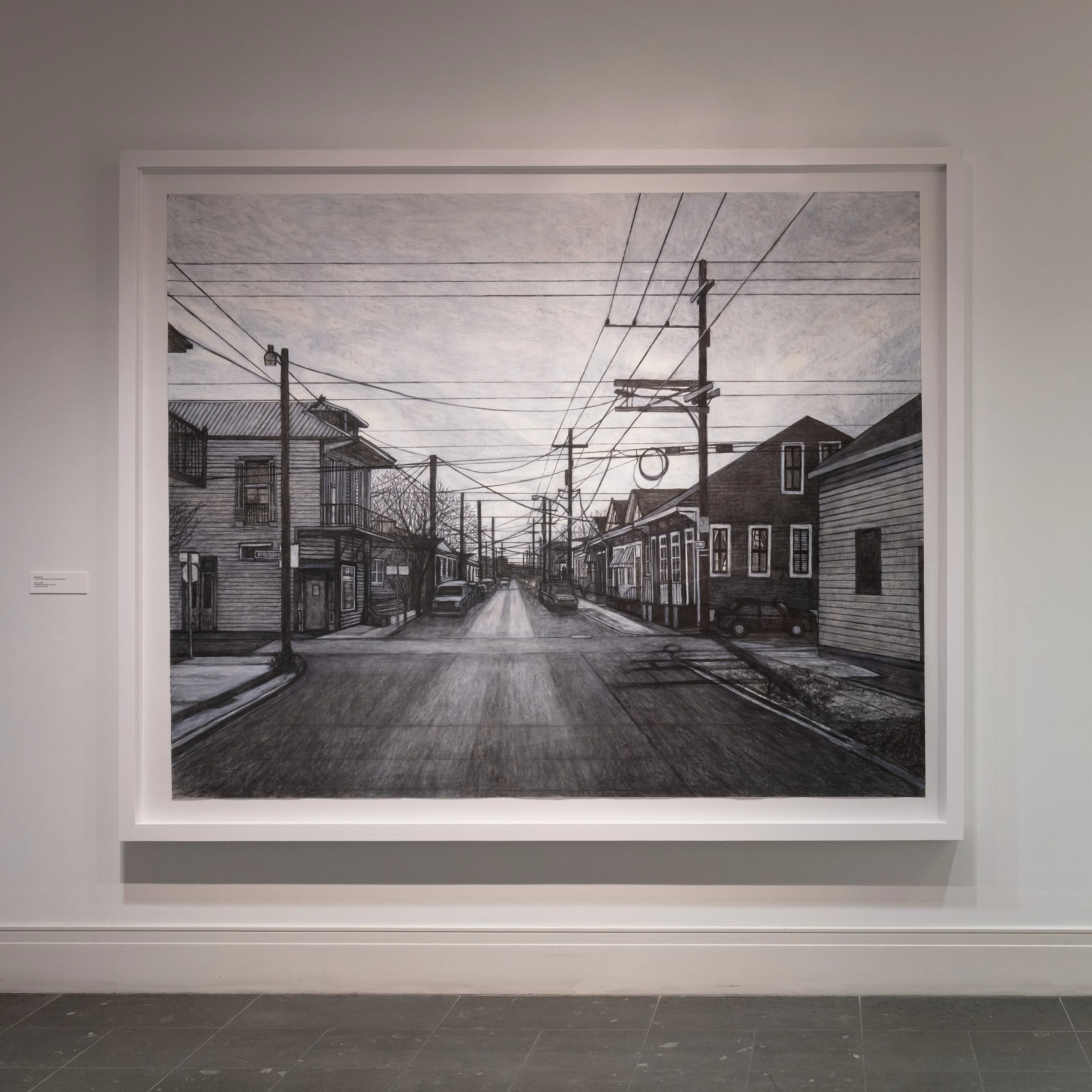
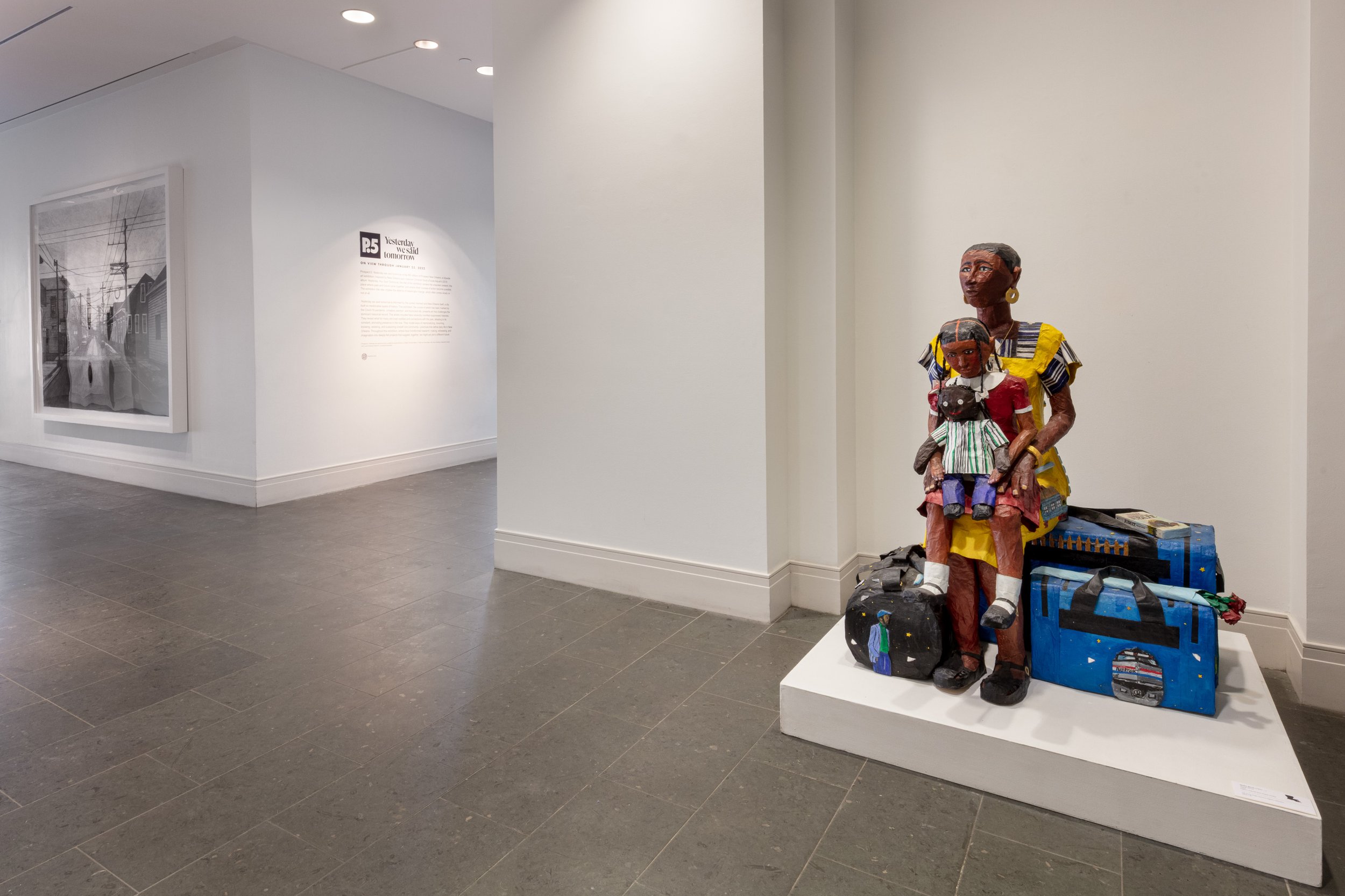
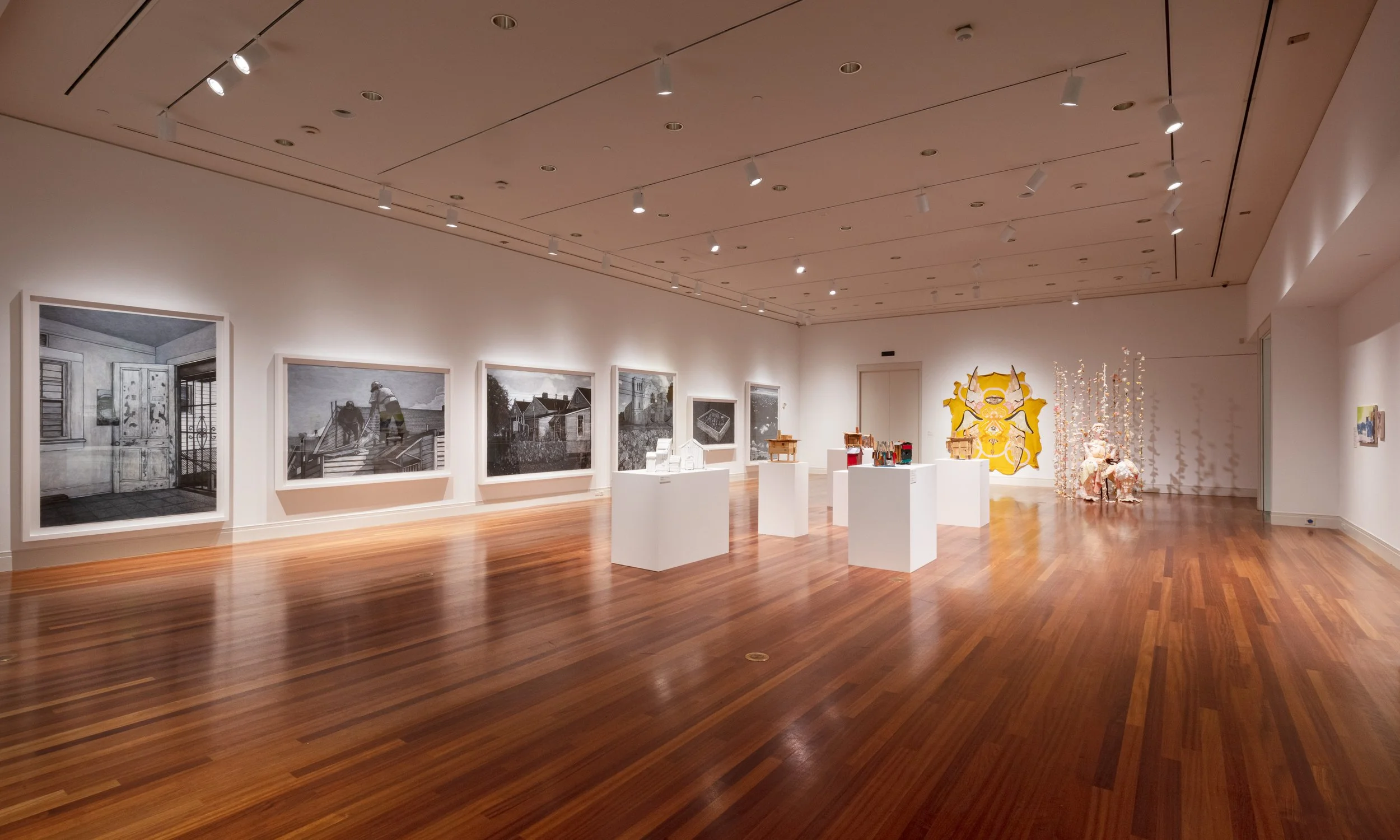
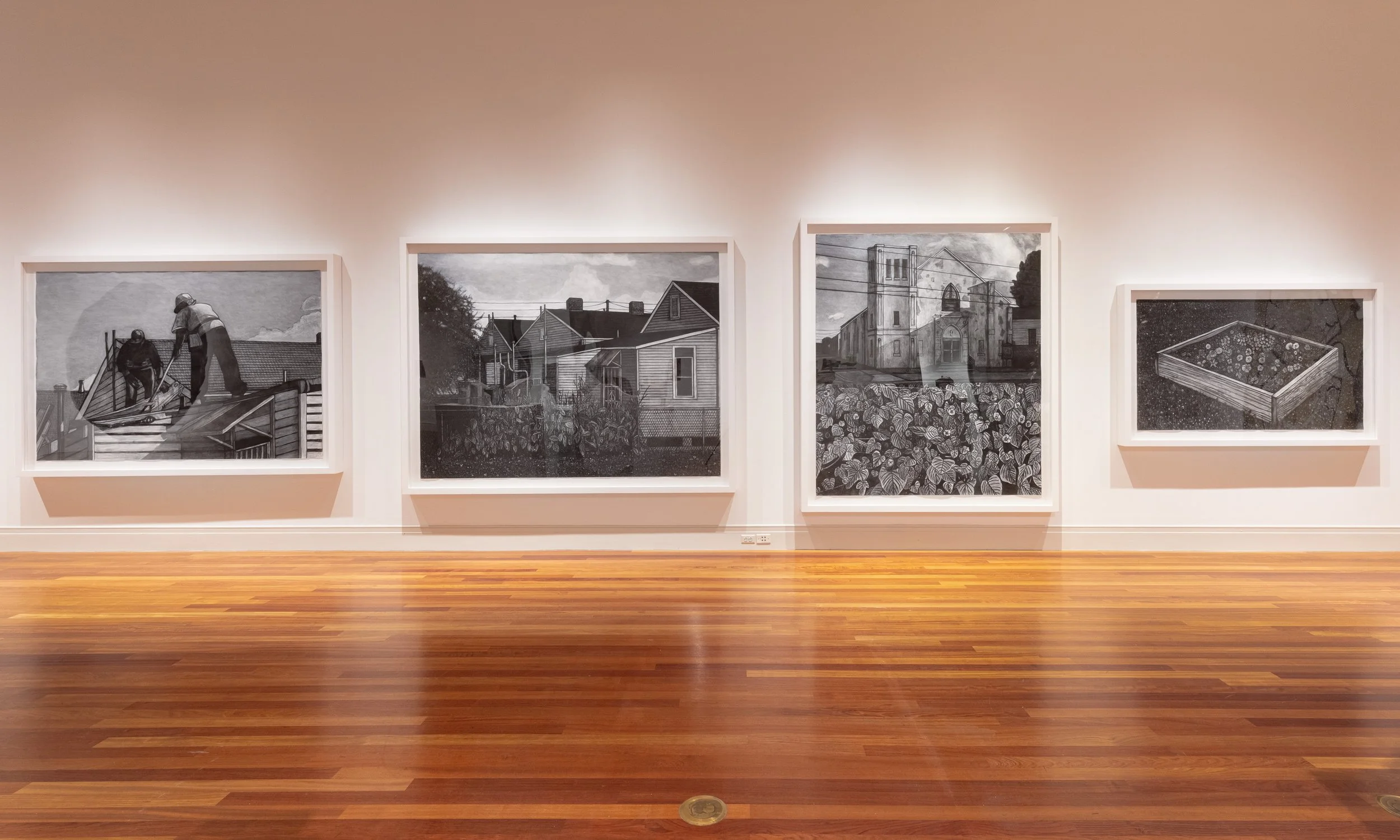

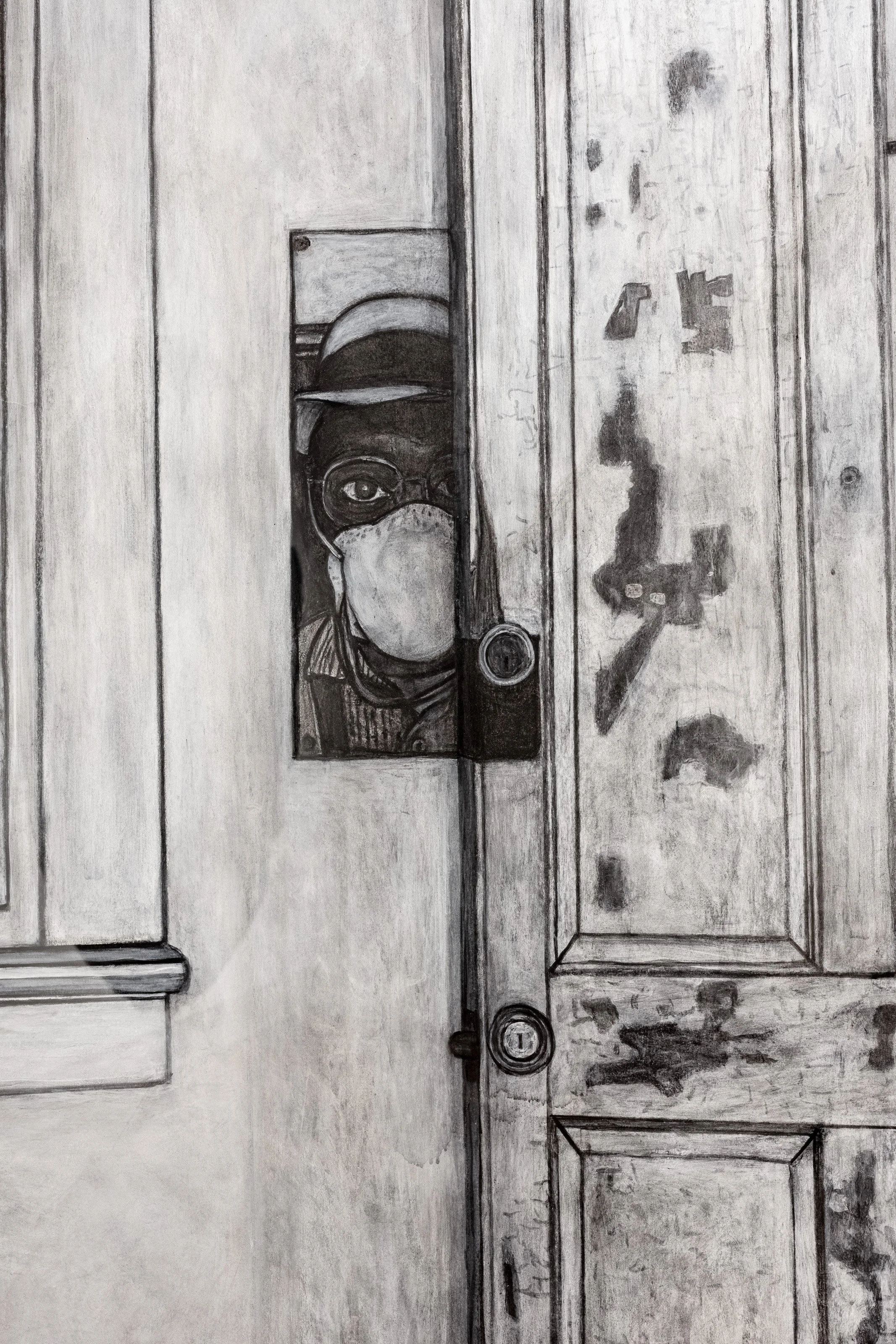
Willie Birch, 2021. Installation view: Prospect.5: Yesterday we said tomorrow, 2021–22. Ogden Museum of Southern Art, New Orleans. Courtesy Prospect New Orleans. Photos: Jonathan Traviesa.